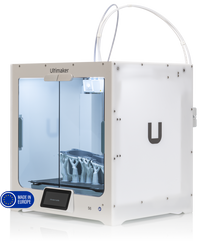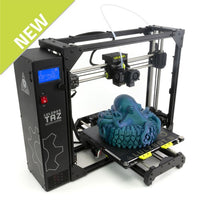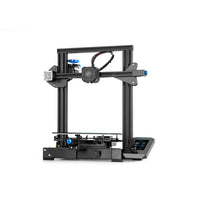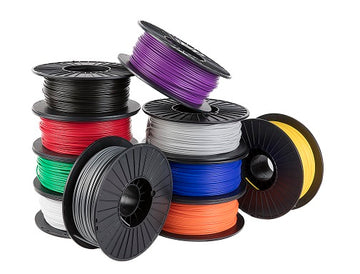Resources - FAQ
Below FAQ are some common concerns of our existing and potential customers, if you have other questions, please send it to support@printyourmind3d.ca
Print Your Mind 3D is happy to serve customers in Canada from coast to coast. We can ship our products to you anywhere in Canada. Learn more on our shipping page.
Some products are drop shipped from the US. For US products imported to Canada, the brokerage should be covered by us. If you are contacted by the carrier regarding brokerage, please do not pay. Instead, please contact us at support@printyourmind3d.ca for our brokerage account info.
Absolutely! Simply select the local pickup option for shipping during your checkout and you won't be charged anything for shipping. You can pick up your in-stock product 8:00-16:00 on weekdays. Please be ready to show a photo ID and the order confirmation when picking up the products.
Yes! Subject to supplier approval, we offer education discount on 3D printers and bundle deals. Simply request a quote with us as your institution.
We understand that getting into 3D printing can be quite daunting. There are so many printers available. A good place to start looking is our 3D printer purchasing guide. We also offer our customers free consultation to find your individual needs. Given your budget and intended usage, we can match you with the perfect machine to get you started. Email us to arrange for your free consultation.
Print Your Mind 3D is located in Canada but is happy to serve customers all over the world. For Canadian addresses, we can ship our products to you anywhere in Canada at a competitive rate and speed. Learn more on our shipping page.
To start your first print you will need the following:
1. a 3D printer. We have a range of 3D printers that are reliable and easy to use.
2. a 3D model you wish to turn into an object. See the FAQ below for how to get one.
3. a slicing software that turns the 3D model into a set of instructions the 3D printer can execute. We recommend Ultimaker Cura or Cura Lulzbot Edition as they are free to download and are easy to use.
4. Materials (filaments) used for 3D printing. You can find our selection here to get started.
There are a number of ways to get a file to 3D print. One way is to design it yourself. This can be done is CAD software such as Tinkercad, Fusion 360, or Sketchup.
You can also find free files available online ready to print. There are a number of websites where the community uploads these files for other members to download. These include Thingiverse, YouMagine, Pinshape and Cults3D.
3D printing is part of a manufacturing process known as "additive manufacturing." This is the process of adding layers of material, one on top of each other, to create your final object. 3D printing takes a 3D digital file and creates the object in physical form.
There are many forms of 3d printing. The most common, and the one used by all of our machines, is called "Fused Filament Fabrication" or FFF. This is the process of laying down consecutive layers of liquefied plastic.
The most common materials used FFF 3d printing is PLA and ABS. PLA is a thermoplastic usually derived from corn or other renewable resources. This is generally the easiest material to print with. ABS is a petroleum based plastic, which can be more difficult to print with as it warps when it cools too quickly, and requires your printer to have a heated bed to avoid this. FFF printers can also print in a variety of exotic materials including wood, flexible, conductive, nylon and metal infused filaments.
The time it takes to 3D print an object depends on a number of factors including layer height (resolution), infil percentage, print speed and the size of the model. You can print a small item with low resolution and low infil in as little as ten minutes. If you want to print a large item with high resolution and make the object very dense, that can take multiple hours.
FFF 3D printers are tools that allows you to create a lot of amazing things. But just like other tools, they have limitations. Because the printers lay down liquefied plastic, they encounter issues when you begin printing at steep angles or overhangs. You can implement ways to overcome this such as adding support material to your print, but certain objects and shapes are more difficult.
Still can't find the answer?
Contact Us




